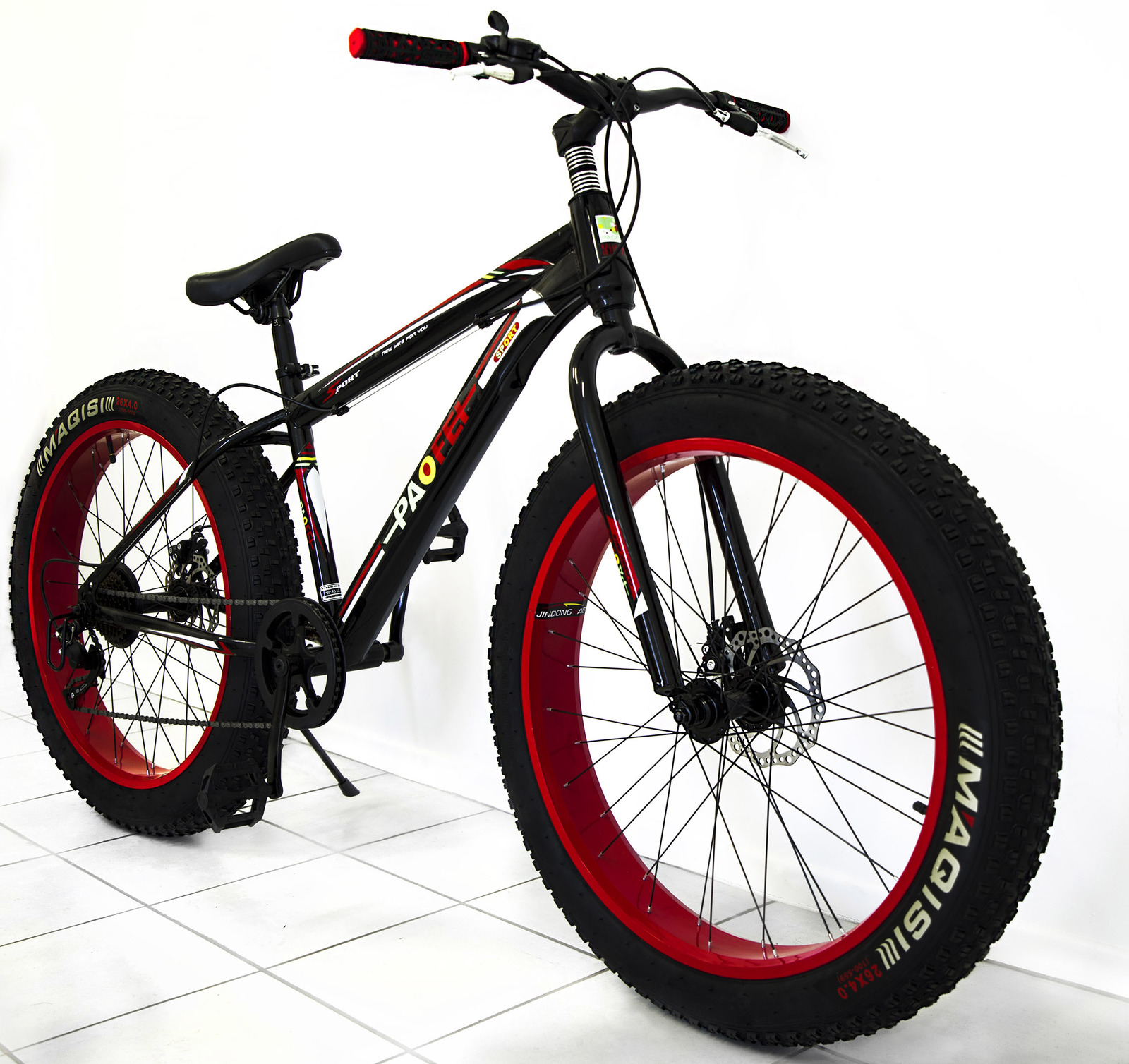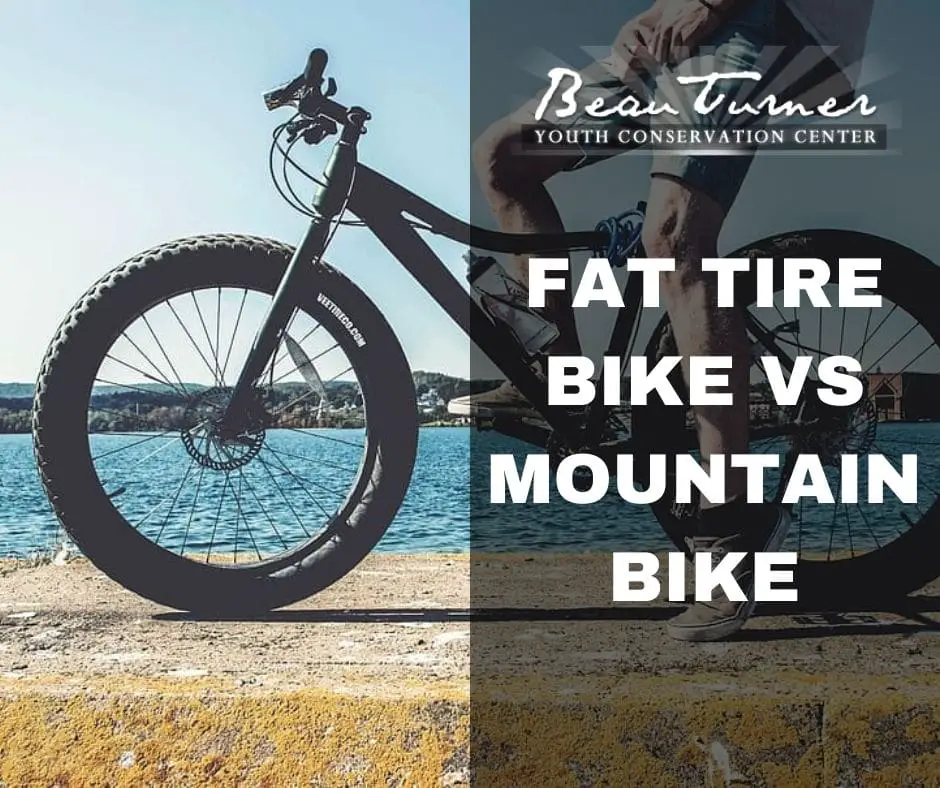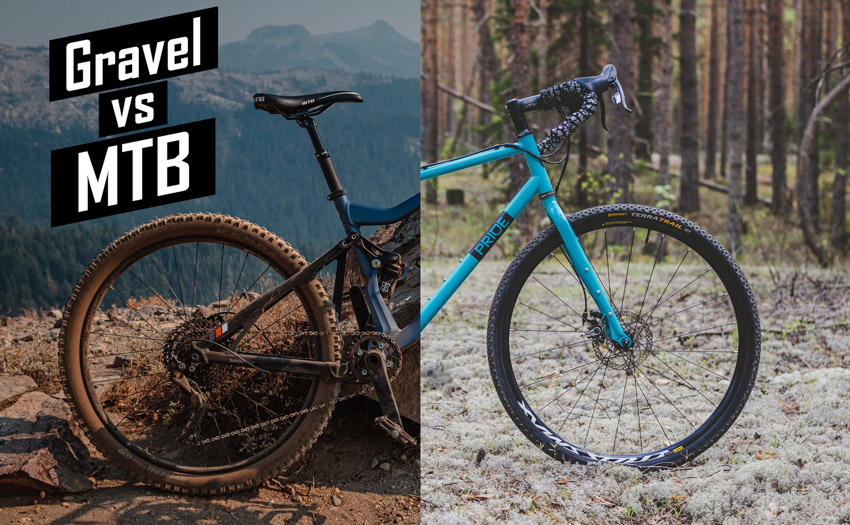Understanding the Key Differences Between Fat Tire and Mountain Bikes
When considering a fat tire bike vs mountain bike, it’s essential to understand the fundamental differences between these two types of off-road bikes. The design, features, and intended use of each bike type significantly impact the riding experience and the type of terrain they’re suited for. Fat tire bikes, with their oversized tires and low pressure, are built for traction and stability in snowy, sandy, and muddy terrain. In contrast, mountain bikes, with their lightweight frames and suspension systems, are designed for agility and versatility on cross-country, trail, and downhill routes.
The differences in design and features between fat tire bikes and mountain bikes have a profound impact on the riding experience. Fat tire bikes provide a more comfortable ride, thanks to their increased traction and stability, making them ideal for beginners or those who prioritize comfort. Mountain bikes, on the other hand, offer a more responsive and agile ride, allowing riders to tackle technical terrain with ease. By understanding these differences, riders can make an informed decision about which bike is best suited for their needs and preferences.
How to Decide Which Bike is Right for You: A Step-by-Step Guide
When deciding between a fat tire bike vs mountain bike, it’s essential to consider several factors to ensure you choose the right bike for your needs. To help you make an informed decision, follow this step-by-step guide:
Step 1: Determine Your Riding Style – Are you a casual rider or an adrenaline junkie? Do you prefer leisurely rides on flat terrain or tackling technical trails? Understanding your riding style will help you decide between the comfort and stability of a fat tire bike or the agility and responsiveness of a mountain bike.
Step 2: Consider the Terrain – Where will you be riding most often? Fat tire bikes excel in snowy, sandy, and muddy terrain, while mountain bikes are better suited for cross-country, trail, and downhill riding. Think about the types of terrain you’ll encounter and choose a bike that’s designed to handle those conditions.
Step 3: Set a Budget – Fat tire bikes and mountain bikes vary significantly in price, depending on the features and quality of the bike. Set a budget and look for bikes that meet your needs within that range.
By following these steps and considering your riding style, terrain, and budget, you’ll be able to make an informed decision about which bike is right for you. Remember, the right bike can make all the difference in your riding experience, so take your time and choose wisely.
Fat Tire Bikes: The Ultimate Off-Road Machines
Fat tire bikes are designed to tackle the toughest off-road terrain, featuring oversized tires with low pressure and increased traction. This unique design allows riders to conquer snowy, sandy, and muddy terrain with ease, making them the ultimate off-road machines.
The benefits of fat tire bikes are numerous. Their oversized tires provide unparalleled traction, allowing riders to maintain speed and control on slippery surfaces. The low pressure of the tires also provides a comfortable ride, absorbing shock and vibrations from the terrain. Additionally, the increased traction of fat tire bikes enables riders to tackle steep inclines and technical terrain with confidence.
In snowy terrain, fat tire bikes are unmatched. Their oversized tires provide the necessary floatation to stay on top of the snow, allowing riders to maintain speed and control. In sandy terrain, the low pressure of the tires enables riders to maintain traction, even in the most challenging conditions. And in muddy terrain, the increased traction of fat tire bikes allows riders to power through the muck and mire with ease.
When considering a fat tire bike vs mountain bike, it’s essential to think about the type of terrain you’ll be riding on most often. If you’ll be tackling snowy, sandy, or muddy terrain, a fat tire bike is the clear choice. With their unparalleled traction and comfort, fat tire bikes are the ultimate off-road machines, capable of handling even the most challenging terrain.
Mountain Bikes: The Agile and Versatile Option
Mountain bikes are designed to be agile and versatile, featuring lightweight frames, suspension systems, and varied tire sizes. These design elements make them well-suited for a wide range of riding styles and terrain, from cross-country to downhill riding.
The lightweight frames of mountain bikes provide a responsive and agile ride, allowing riders to quickly change direction and navigate technical terrain. Suspension systems, such as front forks and rear shocks, absorb shock and vibrations from the terrain, providing a smooth and comfortable ride. Varied tire sizes, ranging from 26 to 29 inches, offer a range of options for riders, depending on their preferred riding style and terrain.
Mountain bikes are particularly well-suited for cross-country riding, where their lightweight frames and suspension systems enable riders to maintain speed and control over long distances. They are also well-suited for trail riding, where their agility and responsiveness allow riders to navigate technical terrain with ease. For downhill riding, mountain bikes feature slack head angles and longer travel suspension, providing a stable and controlled ride at high speeds.
When considering a fat tire bike vs mountain bike, it’s essential to think about the type of riding you’ll be doing most often. If you’ll be tackling technical terrain, such as rocky trails or steep inclines, a mountain bike is the clear choice. With their agile and responsive design, mountain bikes are well-suited for a wide range of riding styles and terrain, making them a versatile option for many riders.
Comparing the Performance of Fat Tire and Mountain Bikes
When it comes to performance, fat tire bikes and mountain bikes have distinct strengths and weaknesses. Understanding how each type of bike performs in different terrain and conditions is crucial in deciding which bike is right for you.
In terms of speed, mountain bikes are generally faster than fat tire bikes, thanks to their lightweight frames and efficient gearing. However, fat tire bikes make up for their slower speed with their unparalleled traction and control in snowy, sandy, and muddy terrain. In these conditions, fat tire bikes can maintain speed and control where mountain bikes would struggle to stay upright.
In technical terrain, such as rocky trails and steep inclines, mountain bikes excel due to their agile and responsive design. Their suspension systems and varied tire sizes allow riders to navigate challenging terrain with ease and confidence. Fat tire bikes, on the other hand, are better suited for smooth, flowing terrain, where their oversized tires can maintain speed and traction.
In terms of control, fat tire bikes are hard to beat, thanks to their increased traction and stability. This makes them ideal for riders who prioritize control and confidence over speed and agility. Mountain bikes, while still providing excellent control, are more suited for riders who value speed and responsiveness.
Ultimately, the choice between a fat tire bike vs mountain bike comes down to your riding style, terrain, and preferences. By understanding the performance differences between these two types of bikes, you can make an informed decision and choose the bike that best suits your needs.
The Role of Suspension in Mountain Bikes: Is it Necessary?
Suspension systems are a hallmark of mountain bikes, providing a smooth and controlled ride over rough terrain. But is suspension necessary for fat tire bikes, which are designed for smooth, flowing terrain? To answer this question, let’s examine the importance of suspension in mountain bikes and its implications for fat tire bikes.
In mountain bikes, suspension systems play a crucial role in absorbing shock and vibrations from the terrain, providing a comfortable and controlled ride. This is particularly important in technical terrain, such as rocky trails and steep inclines, where suspension helps to maintain traction and control. Additionally, suspension systems can improve the overall efficiency of the bike, allowing riders to maintain speed and momentum over rough terrain.
In contrast, fat tire bikes are designed for smooth, flowing terrain, such as snow, sand, and mud. In these conditions, suspension is less critical, as the oversized tires provide ample traction and control. However, some fat tire bikes may still benefit from suspension, particularly in situations where the terrain is rough or uneven.
The pros of suspension in mountain bikes include improved control, comfort, and efficiency. However, suspension systems can also add weight, complexity, and cost to the bike. In fat tire bikes, the benefits of suspension may be less pronounced, and the added weight and complexity may not be justified.
Ultimately, whether suspension is necessary for fat tire bikes depends on the specific riding style and terrain. For riders who prioritize comfort and control, suspension may be a valuable addition. However, for those who prioritize simplicity and efficiency, a rigid frame may be sufficient. When deciding between a fat tire bike vs mountain bike, riders should consider their specific needs and preferences to determine whether suspension is necessary.
Fat Tire Bike vs Mountain Bike: A Real-World Comparison
To illustrate the differences between fat tire bikes and mountain bikes, let’s compare two specific models: the Surly Pugsley (fat tire) and the Trek Fuel EX (mountain bike). This comparison will highlight the distinct design, features, and performance characteristics of each bike.
The Surly Pugsley is a quintessential fat tire bike, designed for riding in snowy, sandy, and muddy terrain. It features oversized tires with a width of 3.8 inches, a low-pressure design, and a sturdy frame to support the added weight of the tires. The Pugsley is ideal for riders who prioritize traction and control in challenging off-road conditions.
In contrast, the Trek Fuel EX is a versatile mountain bike designed for cross-country, trail, and downhill riding. It features a lightweight aluminum frame, a suspension system with 130mm of travel, and varied tire sizes to accommodate different terrain. The Fuel EX is suited for riders who value speed, agility, and responsiveness in a variety of riding conditions.
When comparing the performance of these two bikes, it’s clear that the Surly Pugsley excels in low-traction conditions, such as snow and sand, where its oversized tires provide unparalleled traction and control. In contrast, the Trek Fuel EX shines in technical terrain, such as rocky trails and steep inclines, where its suspension system and varied tire sizes allow for greater speed and agility.
Ultimately, the choice between a fat tire bike vs mountain bike depends on the specific riding style and terrain. For riders who prioritize traction and control in challenging off-road conditions, the Surly Pugsley is an excellent choice. For those who value speed, agility, and responsiveness in a variety of riding conditions, the Trek Fuel EX is a better fit. By understanding the differences between these two bikes, riders can make an informed decision and choose the bike that best suits their needs.
Conclusion: Choosing the Right Bike for Your Next Adventure
In conclusion, the decision between a fat tire bike vs mountain bike ultimately depends on the specific needs and preferences of the rider. By understanding the key differences between these two types of bikes, riders can make an informed decision and choose the bike that best suits their riding style and terrain.
Fat tire bikes are ideal for riders who prioritize traction and control in challenging off-road conditions, such as snow, sand, and mud. Their oversized tires and low-pressure design provide unparalleled grip and stability in these conditions. In contrast, mountain bikes are better suited for riders who value speed, agility, and responsiveness in a variety of riding conditions, including cross-country, trail, and downhill riding.
When deciding between a fat tire bike vs mountain bike, riders should consider their riding style, terrain, and budget. By asking themselves questions such as “What type of terrain do I plan to ride on?” and “What is my budget for the bike?”, riders can narrow down their options and choose the bike that best meets their needs.
Ultimately, the right bike can make all the difference in the riding experience. By choosing a bike that is well-suited to their needs and preferences, riders can enjoy a more comfortable, efficient, and enjoyable ride. Whether you’re a seasoned rider or just starting out, taking the time to research and compare different types of bikes can pay off in the long run.
In the end, the choice between a fat tire bike vs mountain bike is not a one-size-fits-all solution. By understanding the unique features and benefits of each type of bike, riders can make an informed decision and choose the bike that is right for them. Happy riding!







